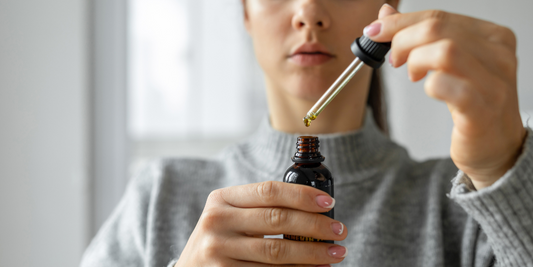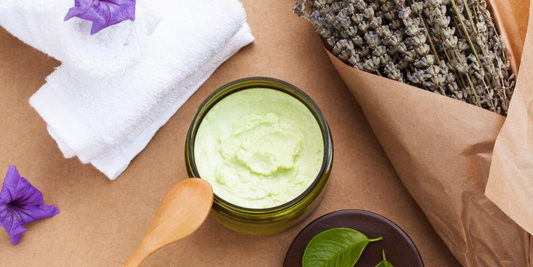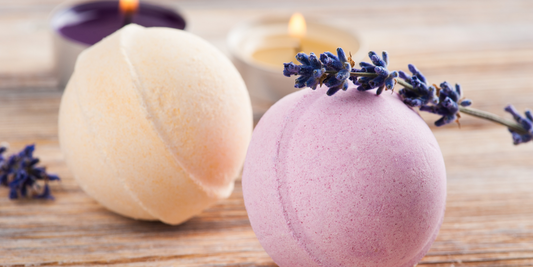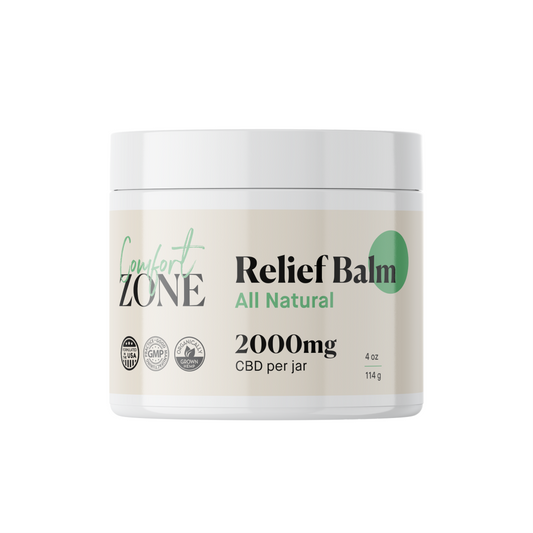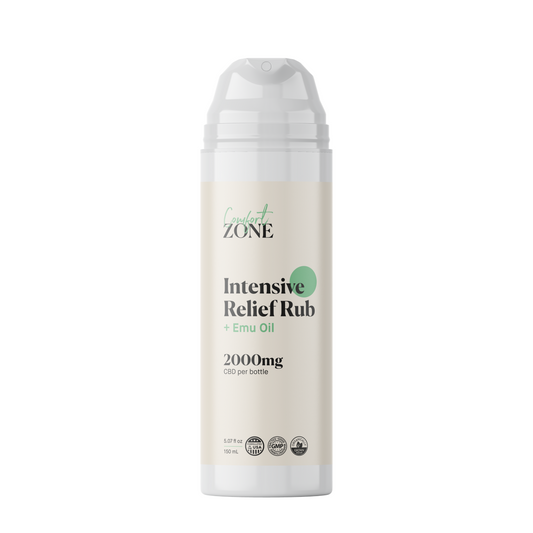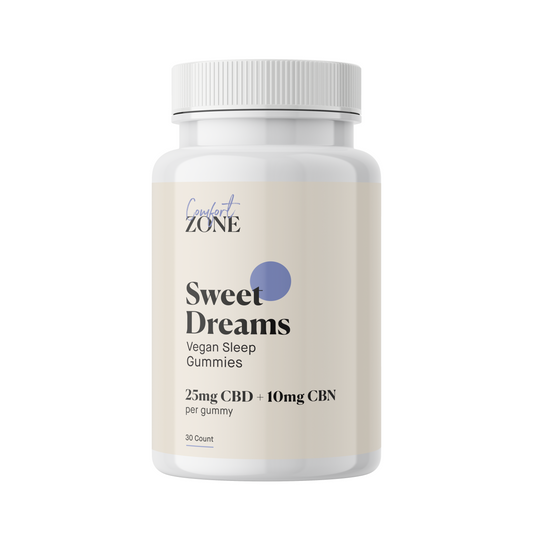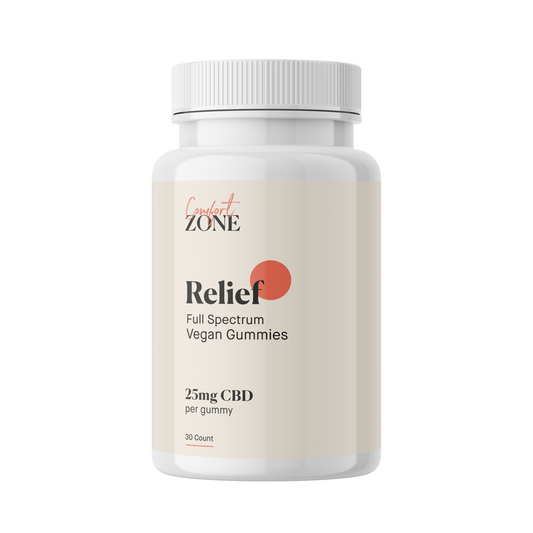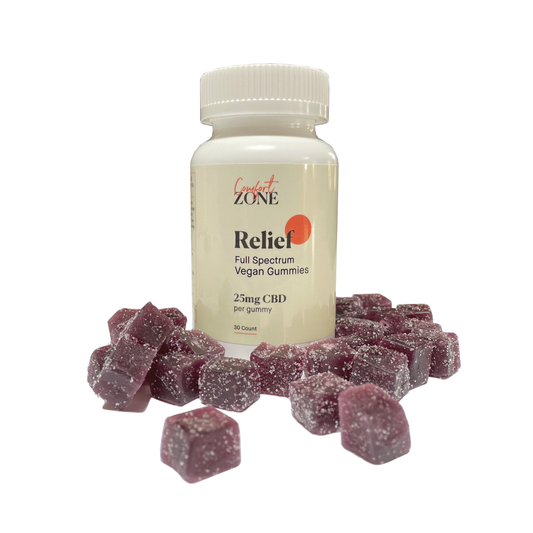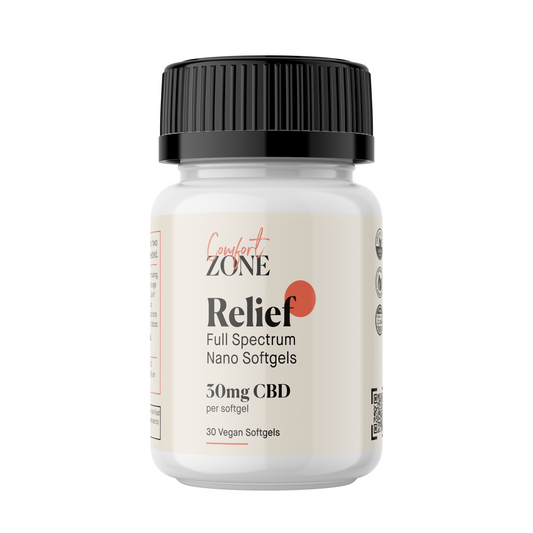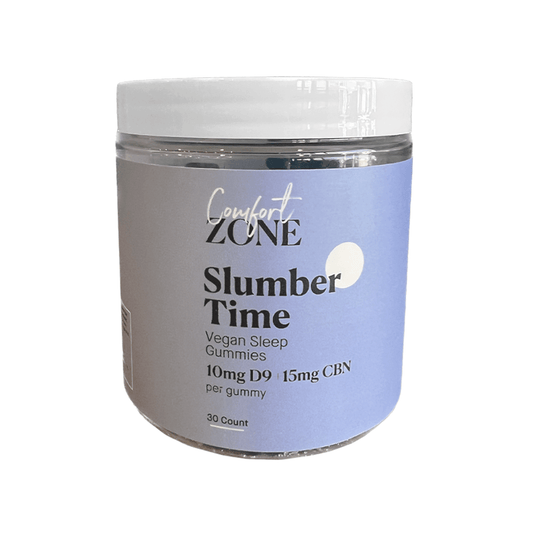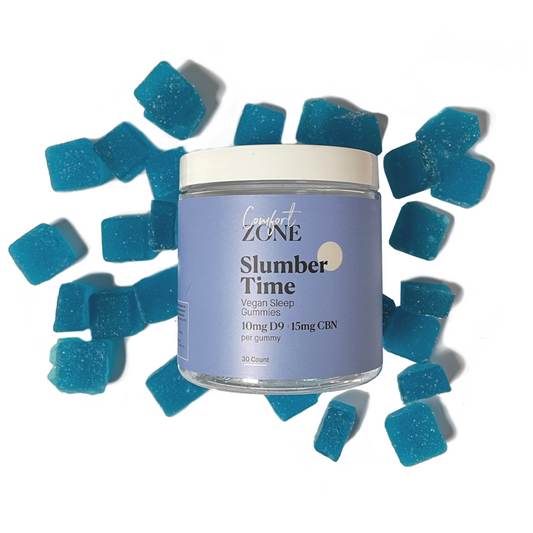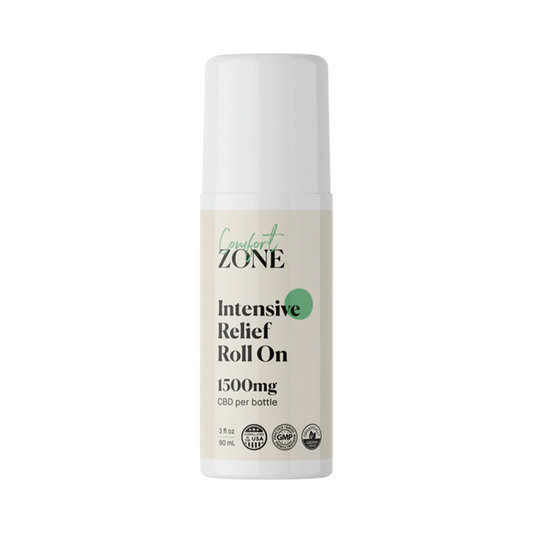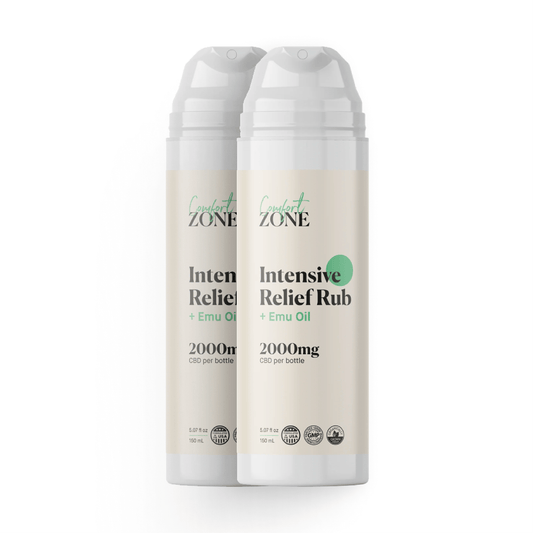Types of CBD What’s the Difference Between Broad Spectrum – Full Spectrum & Isolate CBD?
CBD is everywhere it seems, but it can be very confusing. There are terms being used that are unfamiliar and not everyone can give you a clear and simple explanation. The purpose of this blog is to educate you on the types of CBD available and how to decide what is best for you.
CBD, short for cannabidiol, is a natural phytochemical found within the cannabis (hemp) plant. It is one of more than 120 cannabinoids in the cannabis plant, with CBD and THC being the most thoroughly researched.
The 3 Types of CBD:
- Full Spectrum
- Broad Spectrum
- Isolate
All CBD products are extracted from the cannabis plant. During the extraction, all the cannabinoids, terpenes, and flavonoids are stripped from the plant and dissolved in oil to make it easier to administer and store. What happens with the cannabinoids after the initial extraction determines if the extract is full spectrum, broad spectrum or CBD isolate. Each term refers to the degree the product was processed.
Full-Spectrum CBD
A full-spectrum CBD product contains all the phytochemicals naturally found in the hemp plant. This includes a variety of cannabinoids (e.g. CBD, CBG, CBN, etc.), terpenes, and essential oils. Full-spectrum extracts contain tiny amounts of THC (below 3%), which is within the legal limit and are non-detectable.
In a full-spectrum CBD, the active compounds extracted from hemp work together to amplify the health benefits of each individual cannabinoid. This phenomenon is referred to as the entourage effect. The entourage effect is the result of all the components working together to enhance the potential benefits. Each compound can amplify the therapeutic properties of the others while lessening potential side effects. (1).
Full-Spectrum is Best For:
- CBD users who want to benefit from the trace amounts of THC in their extracts
- Individuals with more severe symptoms that may benefit from the entourage effect provided by the combination of all cannabinoids and plant compounds.
Broad-Spectrum CBD
Broad-spectrum CBD, like full-spectrum, contains all the various cannabinoids, as well as the other plant compounds, with the exception of THC. The THC is completely removed after the initial extraction.
Because broad-spectrum extracts contain multiple cannabinoids, these products also produce the “entourage effect,” but without the THC.
Broad Spectrum Works is Best for:
- Individuals sensitive to THC
- Individuals that do not want any THC in their system
- Individuals that may be drug-tested and can’t risk a false-positive
- CBD users with conditions that would benefit from the entourage effect
CBD Isolate
CBD isolate is the purest form of CBD, made by pulling it from its natural environment and removing all other ingredients. Basically, through the extraction process CBD is “isolated” from all the other compounds in the plant.
The advantage of using CBD isolate over other formats is that it provides the highest concentration of CBD per serving. Isolates are usually 99% pure. However, CBD Isolates are the most processed CBD product.
There’s no entourage effect, though you can benefit solely from the effects of pure CBD.
CBD Isolate is Best for:
- CBD users who were recommended to take very high doses of CBD
- Individuals sensitive to THC or other cannabinoids
- CBD users who prefer flavorless products
- Individuals concerned of false-positive drug test
Which CBD Spectrum is Right for You?
There are many factors that can point you in the direction of one CBD spectrum over another.
Your unique body chemistry, your weight, lifestyle, as well as your history with other substances — each of these factors can influence the way you react to different CBD products.
For some, broad-spectrum CBD may be the best choice as it delivers some entourage effect without any effects of THC. For others, a high dose of pure CBD may be enough to alleviate symptoms and others may respond better to a product that has THC.
There’s still much research to be done to gauge the effectiveness of each spectrum, so the best thing you can do for now is a little trial and error to figure out which option you prefer.
References:
- Russo, E.B. (2011). Taming THC: Potential Cannabis Synergy and Phytocannabinoid-terpenoid Entourage Effects. British Journal of Pharmacology, 163(7), 1344–1364.
- Gallily, R., Yekhtin, Z., Hanus, J.O. (2015) Overcoming the Bell-Shaped Dose-Response of Cannabidiol by Using Cannabis Extract Enriched in Cannabidiol. Pharmacology & Pharmacy, 6, 75–85.

